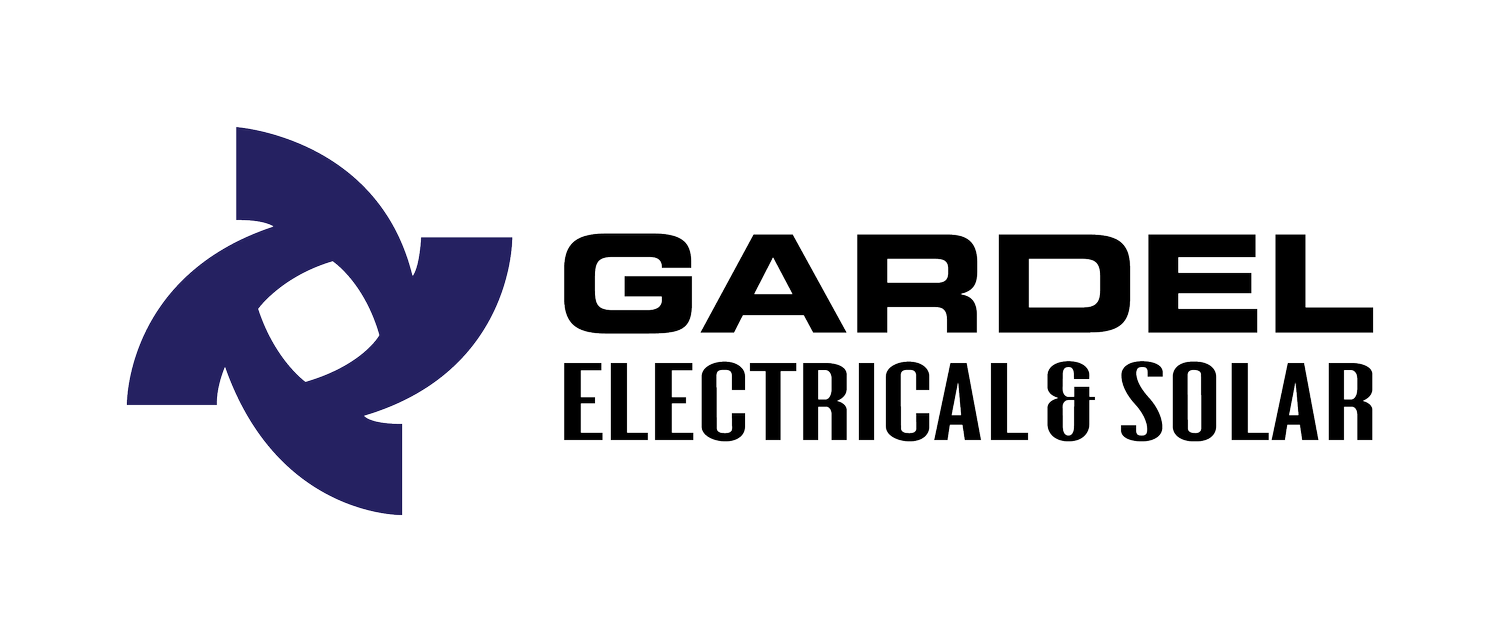How does a solar PV inverter work?
Picture this: You’ve arrived at a remote campsite with your tent, sleeping bag, and a ration of tinned food, but without a tin opener! Food right in front of you, yet so far away.
Installing a PV system without an inverter leaves you with pretty much the same conundrum: lots of energy output from your panels, but you can’t use it in your home or place of work.
A solar inverter is one of the most vital elements for your solar power system. It takes the energy output from your solar panels, a variable direct current (DC), and converts it into an alternating current (AC) which is usable electricity for you.
We want to make sure you’ll get the right solar system for your needs and budget. Understanding why you need a PV inverter, what solar power inverter types are out there, and how they compare to each other is essential to your decision-making.
Read on to find out more.
So what does a solar pv inverter do exactly?
Once your PV panels have soaked up all the beautiful Queensland sunshine (almost 2900 hours a year on average), direct current (DC) energy is produced and sent off to your solar inverter.
The inverter’s job is to convert this DC into alternating current (AC) and send it off to the fusebox or distribution board. From here on, AC electricity can be delivered to all points and parts of your house or business as needed.
Excess power can either be sent back into the grid or to a battery storage system. That depends on the solar system you have chosen for the property.
FACT: An inverter should always be protected from the elements, in the shade, and close to your power board - unlike your solar panels, which are all about catching the maximum sunlight.
Different types of solar inverters and how they work
The ‘one-size-DOESN’T-fit-all-formula’ definitely applies to PV systems and solar inverters. There are currently a few different inverter types on the Australian market. But, ultimately, it comes down to how you want to use your solar energy, how much power you need, and what kind of solar installation you may already have.
We’ve already looked at string (or centralised) inverters, micro-inverters, and DC power optimisers in an earlier blog. Now it’s time to dig a bit deeper into the solar landscape to help you with your decision-making.
How does a solar hybrid inverter work?
A hybrid inverter is your two-for-one deal. It allows you to connect a battery with your solar system and basically does everything a string - and a battery - inverter do.
The cost of a battery storage solution remains eye-watering in Australia. But as with so many innovative technologies, the demand will rise, bringing prices down. Even if you don’t intend to use battery storage right now, a hybrid inverter will still work. A hybrid inverter makes sense for new solar system installations, even if you want to use the battery function at a later stage only. It’ll save you additional installation costs in the future.
Another advantage is the easy monitoring of your energy consumption and production - it’s all in one central device. Plus, the solar panel inverter’s electronics will organise the charging and discharging of the battery. You won’t have to lift a finger.
Something to be aware of is compatibility with your battery storage solution. Of course, the easy way to work around this is to install the complete solar power system. On the Australian market, the Tesla Powerwall system dominates, and there are no known issues.
Consider that if you decide to add a hybrid inverter later on, you might have limited choices because of compatibility.
Will a hybrid inverter be the right choice for you? Discuss your requirements with us or ask for a quote.
How does a 3-phase solar panel inverter work?
Before we dive into the inners of a 3-phase solar inverter, let’s just unpack the terms 3-phase and 1-phase supply.
In this context, the definition ‘phase’ relates to the live wire coming in from the grid to a building. Most Australian homes have a single (one)-phase electricity supply.
A three-phase home has three live wires connected to the electricity supply. As a result, it can pull much bigger power loads from the grid to support heavy power users such as saunas, pool pump heaters, or an electric car charger.
If you’re not sure whether you are a 1-phase or 3-phase household, check your switchboard (better not touch anything, though!). The ‘poles’ on your meter isolator or main switchboard will tell you: 1-phase buildings will have one pole, and 3-phase buildings will have 3.
A 3-phase solar pv inverter will create balance in the power load. It converts solar DC power to AC power. It then feeds it evenly, over all three phases to your property and back to the grid, thus preventing a potential voltage overload. A 3-phase inverter is the most appropriate for larger-scale solar systems (6 kW and greater).
Depending on your power usage and the State or Territory you are in, one of the most significant advantages of a three-phase inverter is that you can send up to three times more solar energy back to the grid than you can with a single-phase inverter.
Having a 3-phase power supply doesn’t mean you have to use a 3-phase solar inverter though. In many cases, a single-phase solar inverter - or micro-inverters - will be perfectly fine, provided the system is smaller than 5kw.
A 5kw three-phase inverter is also slightly more expensive than a 5kw single-phase one. However, the three-phase option is a better choice if you have 3 phase power and are considering expanding your solar system in the future.
For an easy comparison of the various solar inverters currently available on the Australian market, check out the EnergySage Buyers Guide. It rates each type according to its efficiency, warranty, and maximum voltage.
Use the sun to power your home
If you are considering solar power for your home or want to discuss solar panel inverter options, please contact our team at Gardel Electrical.
We have over ten years of professional experience in all things solar and are passionate about renewable energy options.
Our team will be happy to discuss and design a good quality PV system that fits exactly your needs and your budget.




